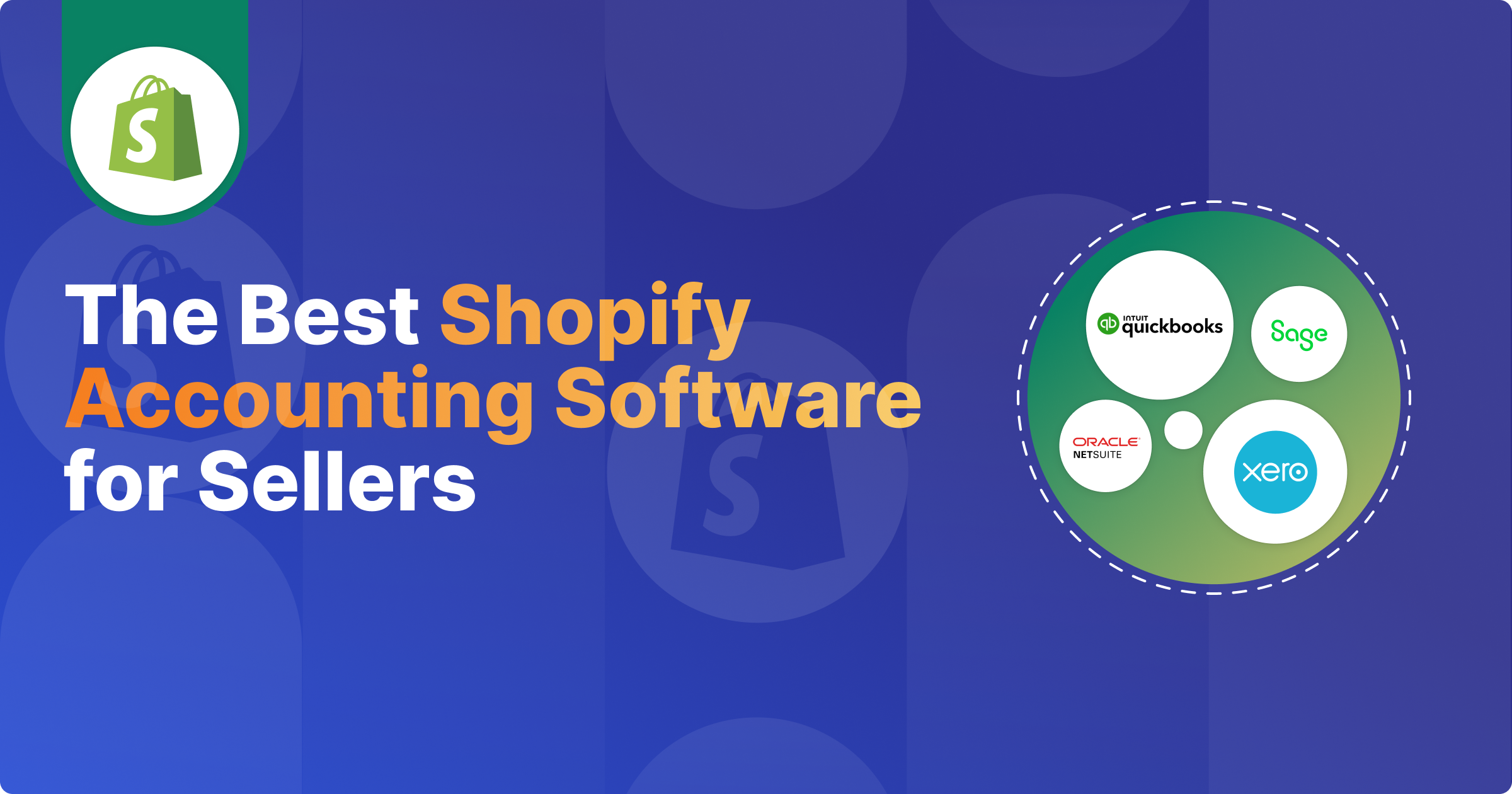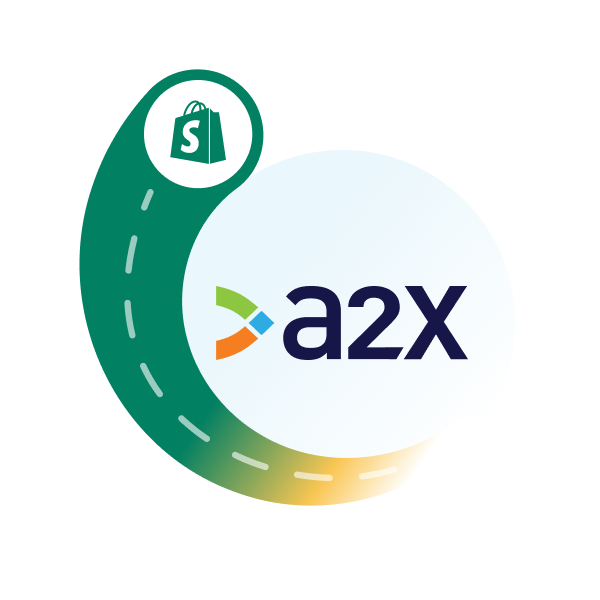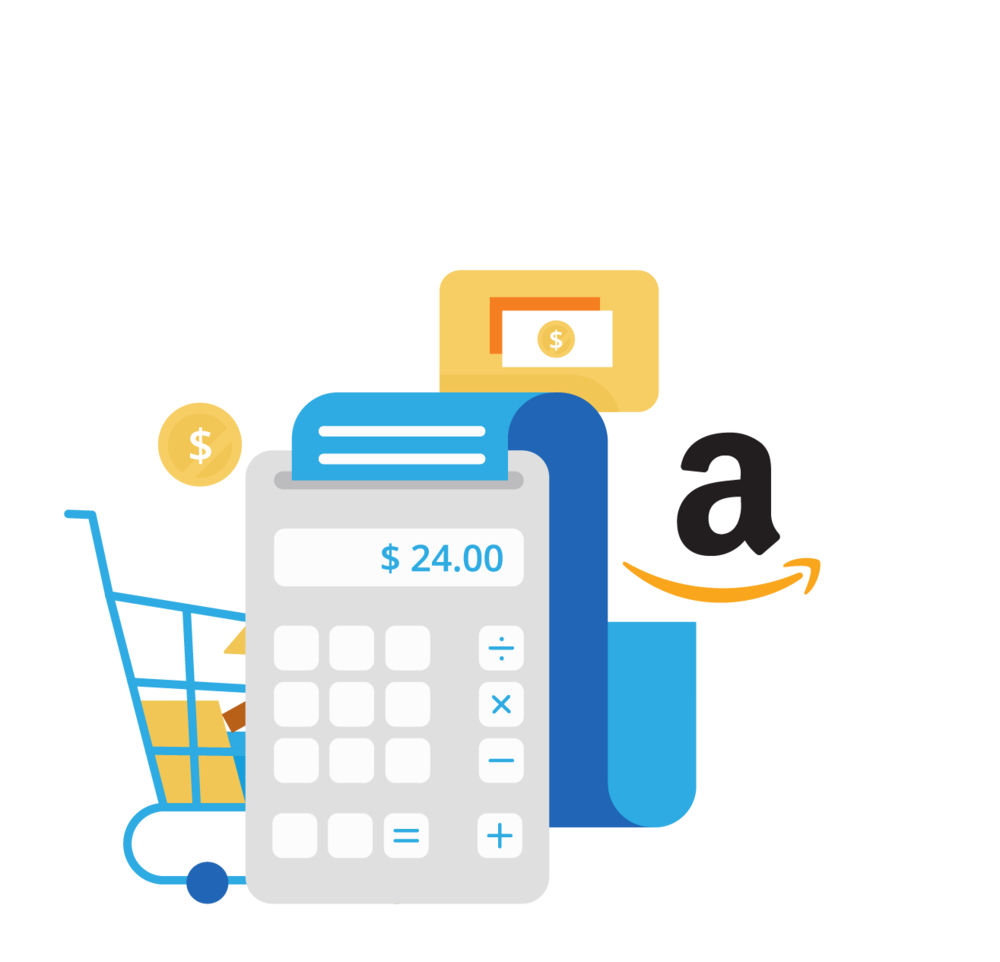Best Shopify Accounting Software [2025 Update]

Updated on January 6, 2025.
With so many accounting software choices available for Shopify merchants, deciding on the right one can feel overwhelming. Every business is unique, meaning the ideal solution depends on your specific needs.
So, how do you find the perfect fit to easily and accurately complete the accounting for your Shopify store?
In this guide, we’ll compare four popular accounting software options (in no particular order) that are widely used by Shopify merchants:
- QuickBooks Online
- Xero
- Sage
- NetSuite
Key takeaways:
- QuickBooks Online is an ideal accounting solution for North American merchants seeking robust accounting features and an extensive ecosystem of third-party apps.
- Xero is best for UK, Australian, and New Zealand merchants needing seamless multi-currency support and cloud flexibility.
- Sage is well-suited for UK merchants looking for reliable stock management and customizable accounting tools.
- NetSuite is the best fit for large, scaling businesses that require advanced ERP capabilities and global financial management.
- Don’t forget about Shopify integration capabilities! Whichever accounting software you choose, it’s just as important to consider how you’ll connect it to Shopify for seamless accounting and bookkeeping and accurate data.
Read on for more details!
Table of Contents
Integrate Shopify and your accounting software for accurate accounting
A2X auto-categorizes your Shopify sales, fees, taxes, and more into accurate summaries that make reconciliation in your general ledger a breeze.
Try A2X today
QuickBooks Online
If you’re operating in North America, QuickBooks Online (QBO) by Intuit is a top choice. With a vast customer base in the US and Canada, QBO offers powerful tools for ecommerce sellers. Shopify merchants appreciate its robust features, secure platform, and integrations with apps like A2X.
Why Shopify merchants love QBO:
- Seamless Shopify integrations – QBO provides a Shopify connector app for small-scale merchants, but larger sellers will benefit more from integrating it with A2X. This ensures precise tracking and reconciliation of orders, fees, and refunds, making financial management smoother.
- Inventory management – Track inventory levels, COGS, and stock valuation efficiently with QBO’s built-in tools, helping you avoid stockouts and streamline operations.
- Sales tax automation – QBO simplifies sales tax management, helping to ensure compliance across multiple jurisdictions with minimal manual effort.
- Detailed financial reports – QBO offers in-depth reporting features to monitor profitability and make data-driven decisions for your Shopify store.
Recommended plans:
For advanced inventory management and international transactions, Shopify merchants are advised to choose the Plus plan or higher.
Xero
For businesses based in the UK, Australia, or New Zealand, Xero is a popular cloud-based accounting platform. Known for its user-friendly design and multi-currency capabilities, Xero is especially suited for international merchants.
Why Shopify merchants use Xero:
- Powerful integrations – Xero integrates directly with Shopify for smaller businesses, but for more complex needs, A2X ensures accurate revenue reconciliation across multiple payment gateways and regions.
- Multi-currency support – Automatic currency conversion and updates simplify foreign transactions.
- Comprehensive reporting – Xero’s tools provide insightful financial summaries, such as P&L statements and cash flow reports.
- Cloud-based access – Access your data from anywhere, with automatic updates to keep your accounts accurate.
Recommended Xero plans:
To handle international transactions effectively, the Comprehensive plan offers the best multi-currency support.
Sage Business Cloud Accounting
In the UK, Sage Business Cloud Accounting offers a reliable cloud-based option for Shopify sellers. With decades of experience in accounting software, Sage provides essential tools for efficient business management.
Why Shopify merchants use Sage:
- Shopify integration tools – With A2X, Sage syncs Shopify transaction data, providing automated reconciliation of sales, fees, and taxes.
- Inventory management – Sage offers real-time stock tracking, helping merchants manage product availability and avoid shortages.
- Multi-currency functionality – Easily handle international transactions with support for various currencies.
Recommended plans:
The Plus plan offers a balance of features and affordability, making it a solid option for Shopify sellers.
NetSuite
For merchants with large, complex operations, NetSuite provides a comprehensive ERP solution. It offers powerful accounting, inventory management, and financial planning tools that scale with your business.
Why Shopify merchants use NetSuite:
- Advanced ERP tools – Manage everything from accounting to customer relationships on one platform.
- Inventory tracking – Monitor extensive inventories and get real-time updates on stock levels.
- Global business management – Ideal for merchants operating internationally, with support for multiple currencies, languages, and subsidiaries.
Recommended plans:
Since NetSuite’s pricing is customized, larger Shopify businesses should contact NetSuite directly to explore options tailored to their needs.
How to choose the right Shopify accounting software
So, now that you’ve learned a bit about the best Shopify accounting software solutions, how do you choose which one is right for you?
When selecting accounting software, it’s essential to consider what aligns with your business goals and day-to-day operations.
Here are some key factors to keep in mind:
- Regions where you sell and operate
- Anticipated growth and scalability
- Compatibility with other ecommerce tools (e.g., inventory management)
- Multi-currency support
- Sales tax automation
- Ease of use and learning curve
- Quality of financial reporting
- Payment gateway integrations
- Customization options
One of the most important aspects to consider is how Shopify sales and transaction data will flow into your accounting system. Most accounting software will require an additional app or integration tool to bridge this gap.
That’s where A2X comes in – an industry-leading app designed to automate Shopify accounting by seamlessly transferring transaction data into the software of your choice. A2X integrates smoothly with every platform listed in this guide to help you reconcile Shopify sales and payouts with minimal effort.
What accounting software integrates with Shopify?
QuickBooks Online, Xero, Sage, and Netsuite can integrate with Shopify either directly or through third-party apps, giving merchants flexibility in how they manage financial data.
Let’s take a closer look at how each accounting tool can connect with Shopify.
QuickBooks Online
There are two ways to integrate QuickBooks Online with Shopify:
- Direct integration: QuickBooks Online offers a Shopify connector app, but it is most suitable for smaller merchants as it might only capture data at the order level (which could overload QuickBooks).
- A2X integration: For larger businesses, using A2X ensures accurate reconciliation of Shopify transactions, including sales, refunds, fees, and gift cards, all neatly summarized in QBO. A2X integrates with all QBO plans, though multi-currency transactions require at least the Essentials plan.
Xero
There are two ways to integrate Xero with Shopify:
- Direct integration: Xero offers basic integration with Shopify, ideal for simple businesses with fewer complexities as it might only bring in order-level data (which could overload Xero).
- A2X integration: A2X is an excellent integration option for Shopify merchants with higher transaction volumes or multiple sales channels, providing one-click reconciliation in Xero and improved financial visibility. A2X integrates with all Xero plans but requires the Premium or Comprehensive package for multi-currency tracking.
Sage
You can integrate Sage with Shopify using A2X. Sage doesn’t offer a native Shopify integration, but A2X bridges this gap by importing Shopify data into Sage for seamless reconciliation and financial reporting.
NetSuite
While NetSuite can support extensive business operations, A2X makes the Shopify-to-NetSuite connection manageable and automated. A2X ensures smooth transaction reconciliation with NetSuite, aligning Shopify payouts with your accounting software (especially for high-volume Shopify merchants).
Use A2X to connect Shopify to your accounting software
While some accounting platforms offer native Shopify connectors, these may not meet the needs of businesses with higher order volumes, complex operations, or international sales.
A2X steps in as a specialized solution to automate the flow of data between Shopify and your accounting software, ensuring accuracy and saving time.
Here are just a couple of reasons why accounting professionals trust A2X:
“A2X has transformed how we reconcile ecommerce transactions – it’s fast, accurate, and reliable.”
– Jay Kimelman, High Rock Accounting
“We’ve used A2X since 2014 – it makes managing Shopify sales across multiple platforms a breeze.”
– Patti Scharf, Acuity
Ready to streamline your Shopify accounting? Try A2X for free today and experience how easy bookkeeping can be!
Get an expert opinion
Selecting the right accounting software ensures accurate books and improves your financial visibility. If you’re looking for an expert opinion, reach out to an accountant or bookkeeper who specializes in Shopify from the A2X Ecommerce Accountant Directory.
Integrate Shopify and your accounting software for accurate accounting
A2X auto-categorizes your Shopify sales, fees, taxes, and more into accurate summaries that make reconciliation in your general ledger a breeze.
Try A2X today



